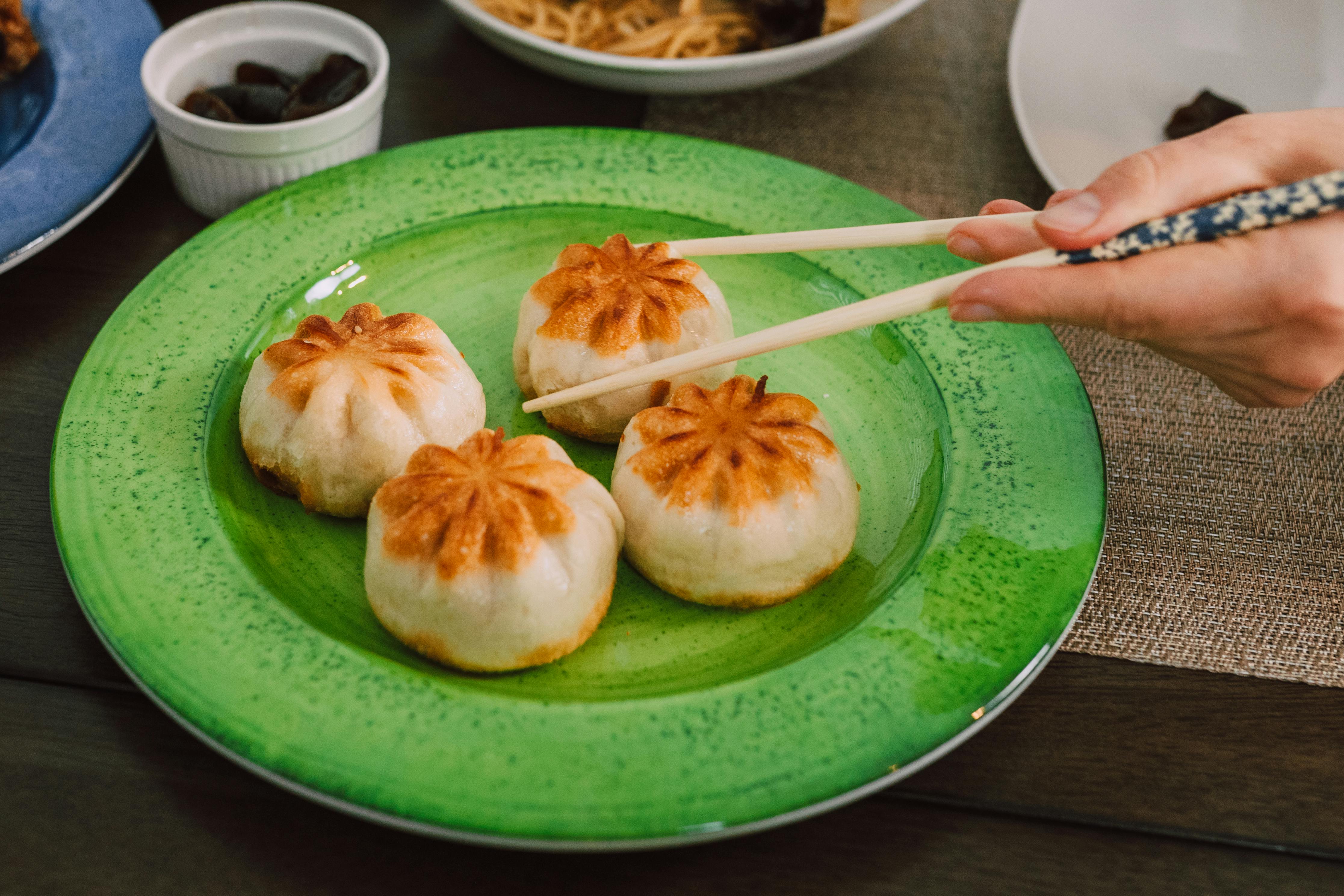Effective Ways to Train Your Puppy to Stop Biting
Training a puppy to stop biting is one of the most crucial aspects of puppy behavior training. Understanding the reasons behind puppy biting and providing appropriate solutions can foster a healthier relationship between puppies and their owners. With proper guidance, training a puppy to discourage biting can be both effective and rewarding. In this article, we'll explore a variety of biting solutions and techniques, highlighting the importance of positive reinforcement, socialization, and proper communication. Whether you face playful puppy nipping or more aggressive biting tendencies, you'll find valuable insights here.
This guide will cover several approaches to minimize and manage puppy biting, including understanding puppy biting triggers, the role of chew toys in training, and the significance of engaging puppy activities. You'll learn how to use commands to stop biting, as well as strategies for redirecting behavior. We’ll also provide tips on creating a supportive training environment that encourages well-rounded puppy development. Let’s dive into these effective techniques and help your puppy develop into a socially skilled and well-mannered dog!
Understanding the Reasons Behind Puppy Biting
Before we jump into training solutions, it's essential to understand why puppies bite. Biting, nipping, and chewing are entirely natural behaviors for dogs, especially during their teething phases. Puppies explore their world primarily through their mouths, and biting can stem from various motivations such as teething pain, playfulness, or attention-seeking behaviors.
Recognizing these triggers is crucial for managing puppy excitement and preventing aggressive behavior. For instance, if a puppy is overly stimulated, they may resort to biting as a means of coping. In such cases, intervening during play and providing playtime supervision techniques can create a safe environment for both the puppy and the family.
The next section will discuss how establishing play limits can effectively discourage biting while promoting playful interactions.
Establishing Play Limits
One of the proactive puppy discipline methods is setting limits on play biting. It’s important to teach puppies what is acceptable during play to prevent unwanted behavior. Engaging in outdoor activities with your puppy can serve as a productive outlet for their energy, allowing them to burn off excess excitement. Coupled with consistent training methods, structure helps manage your puppy's biting behavior.
When your puppy does bite, a firm “no” or “leave it” command can redirect their focus. It's vital to use assertive training techniques that encourage understanding of boundaries without confusion. Furthermore, supervising playtime with children or other pets can prevent situations where biting may become overwhelming.
Incorporating Chew Toys into Training
Chew toys play a significant role in bite inhibition training by providing appropriate items for your puppy to chew. Ensuring your puppy has plenty of safe chew toys can shift their focus from your hands and clothes to suitable alternatives. Offering a variety of textures and sizes caters to your puppy’s individual preferences and helps reinforce good habits.
Interactive toys that allow for playtime distraction are particularly effective. Reinforcing the use of these toys with positive rewards when your puppy chooses them over nipping is an excellent way to build positive behavior. Observing your puppy's chewing patterns can assist in identifying their preferred toys and help further in establishing what works best during training sessions.

Practical Techniques to Discourage Biting
Implementing effective puppy biting solutions requires practical techniques to discipline and redirect puppy behavior. Consistency in training is key, ensuring your puppy understands that biting is unacceptable. Through various training sessions, you can employ different methods to curb unwanted biting habits.
Using Positive Reinforcement
Positive reinforcement is one of the most successful puppy training methods. This approach involves rewarding good behavior with treats, praise, or playtime, which encourages your puppy to repeat that behavior. When your puppy stops biting or chooses to engage with chew toys instead, promptly offering a reward reinforces this desired behavior.
Patience is imperative during this process; puppies may take time to understand these concepts. Routine training sessions that integrate positive reinforcement promote a strong bond while nurturing their learning experience. By celebrating achievements, you'll help to mitigate puppy frustration signs linked with training.
Teaching the “Leave It” Command
The “leave it” command is a pivotal tool in bite management. This command helps redirect your puppy's attention away from potential biting situations. To teach this command, start by holding a treat in your hand and allowing your puppy to sniff it. When they try to take it, firmly say “leave it” while closing your hand. Once they back away, reward them with another treat. This reinforces the behavior that staying calm is rewarded, setting boundaries for acceptable interactions.
Regular practice of this command in various settings can improve your puppy's attention span, making it easier for them to follow instructions when they are excited. Timely intervention during playtime and utilizing the “leave it” command can help manage excitement levels effectively, preventing further nipping incidents.
Puppy Socialization: Key to Preventing Biting
Puppy socialization plays a critical role in bite inhibition and overall behavior training. It is essential for puppies to interact with other dogs and people to learn proper play etiquette. Engaging in supervised play with other vaccinated dogs at a young age helps teach puppies about their own strength and the limits of acceptable play.
Engaging with Other Dogs
Socializing with other dogs provides valuable lessons for puppies. During these interactions, they learn from their peers how to correct biting behavior through healthy communication and play. It is critical to monitor these interactions closely; intervening when a puppy engages in excessive biting or shows signs of aggression is essential to prevent long-term behavioral issues.
Understanding puppy body language cues during play can also help you recognize when to step in. Signs such as whining or tail tucking indicate discomfort and require immediate attention to redirect the puppy’s focus.

Setting Up a Safe Play Environment
Creating a puppy-friendly space significantly enhances their socialization experiences. Setting boundaries with toys and designated play areas can help manage excitement and prevent biting incidents. Ensuring that playtime is balanced and that your puppy has opportunities for calm moments within their social engagements is also vital.
Games that encourage positive interactions among dogs can enhance bite inhibition training. Using interactive games that promote turn-taking fosters patience and acceptable biting behavior, helping to create stronger social bonds while discouraging aggressive play.
Final Thoughts on Puppy Biting Solutions
Training a puppy to stop biting takes time, consistency, and appropriate techniques. Understanding the behaviors behind biting, employing positive reinforcement, and engaging in socialization are all essential factors in the training journey. Patience in training, setting limits on play, and offering engaging activities can significantly influence your puppy’s behavior during their crucial developmental stages.
By recognizing signs of frustration, managing playtime effectively, and using commands like “leave it”, you'll create an environment conducive to learning and growth. Building a strong bond with your puppy through routine training sessions and positive reinforcement will ultimately lead to a well-behaved companion ready for healthy interactions. With these strategies in mind, you are well-equipped on the journey towards a happy, non-biting puppy!
```